The Basics to Mastering for SUP First-Timers
Stand-up paddleboarding (SUP) is a great way to get some exercise and enjoy the outdoors. It’s especially if you love enjoying the water and going back to nature. It can be a lot of fun, but there are some things you should know before your first time on the board. Like, it’s best to know which paddle board is right for a beginner like you. Check out Toys on Board for the best options you can get. Here are four things you can expect when you go stand-up paddleboarding for the first time. We’ll also provide tips for making your first experience as enjoyable as possible.
The Feeling of the Board Underneath You
 The first thing you’ll notice when you get on your paddle board is the feeling of the board under your feet. It’s different from being in a boat or on a surfboard. The best way to describe it is to feel like you’re standing on a large, floating plastic piece. You’ll also feel slightly unstable at first, but that’s normal. Just take your time and get used to the feeling of the board before you start paddling. One thing to keep in mind is that paddleboards are not meant to be stable. So don’t expect the board to stay entirely still when paddling.
The first thing you’ll notice when you get on your paddle board is the feeling of the board under your feet. It’s different from being in a boat or on a surfboard. The best way to describe it is to feel like you’re standing on a large, floating plastic piece. You’ll also feel slightly unstable at first, but that’s normal. Just take your time and get used to the feeling of the board before you start paddling. One thing to keep in mind is that paddleboards are not meant to be stable. So don’t expect the board to stay entirely still when paddling.
How to Paddle and Steer the Board
Next, you’ll need to learn how to paddle and steer the board. Paddling is pretty self-explanatory. You just use your paddle to propel yourself through the water. But steering can be a little bit tricky. The best way to steer a paddleboard is with your feet. You can use your feet to pivot the board in the direction you want to go. One thing to remember when paddling is that you should always paddle on the opposite side of the board from where you want to turn. Just remember that it takes a little practice to get the hang of steering with your feet.
What Kind of Strokes Work Best
Now, let’s talk about the different strokes you can use when paddleboarding. The two basic strokes are the forward stroke and the backward stroke. The forward stroke is used to move the board forward, and the backward stroke is used to stop the board or move it in reverse. You can also use a few other strokes, like the turning stroke and the sidestroke. However, you can use different strokes for different purposes. For example, the sidestroke is often used to move around obstacles or tight spaces.
What to Do If You Fall Off
 Last but not least, keep in mind that falling off the paddleboard is inevitable. It happens to everyone, even the most experienced paddlers. So don’t be afraid to fall off. The best way to get back on the board is to put your paddle across the middle of the board and then pull yourself up onto the board. Once you’re back, just take a few deep breaths and relax. Remember, there’s nothing to be embarrassed about. Everyone falls off at some point. SUP is a great way to spend a day on the water with friends or family. Just remember to take your time, relax, and have fun. And if you fall off, get back on and keep paddling. Paddling a SUP can become one of your favorite summertime activities. Just follow these tips, and you’ll be a pro in no time.
Last but not least, keep in mind that falling off the paddleboard is inevitable. It happens to everyone, even the most experienced paddlers. So don’t be afraid to fall off. The best way to get back on the board is to put your paddle across the middle of the board and then pull yourself up onto the board. Once you’re back, just take a few deep breaths and relax. Remember, there’s nothing to be embarrassed about. Everyone falls off at some point. SUP is a great way to spend a day on the water with friends or family. Just remember to take your time, relax, and have fun. And if you fall off, get back on and keep paddling. Paddling a SUP can become one of your favorite summertime activities. Just follow these tips, and you’ll be a pro in no time.
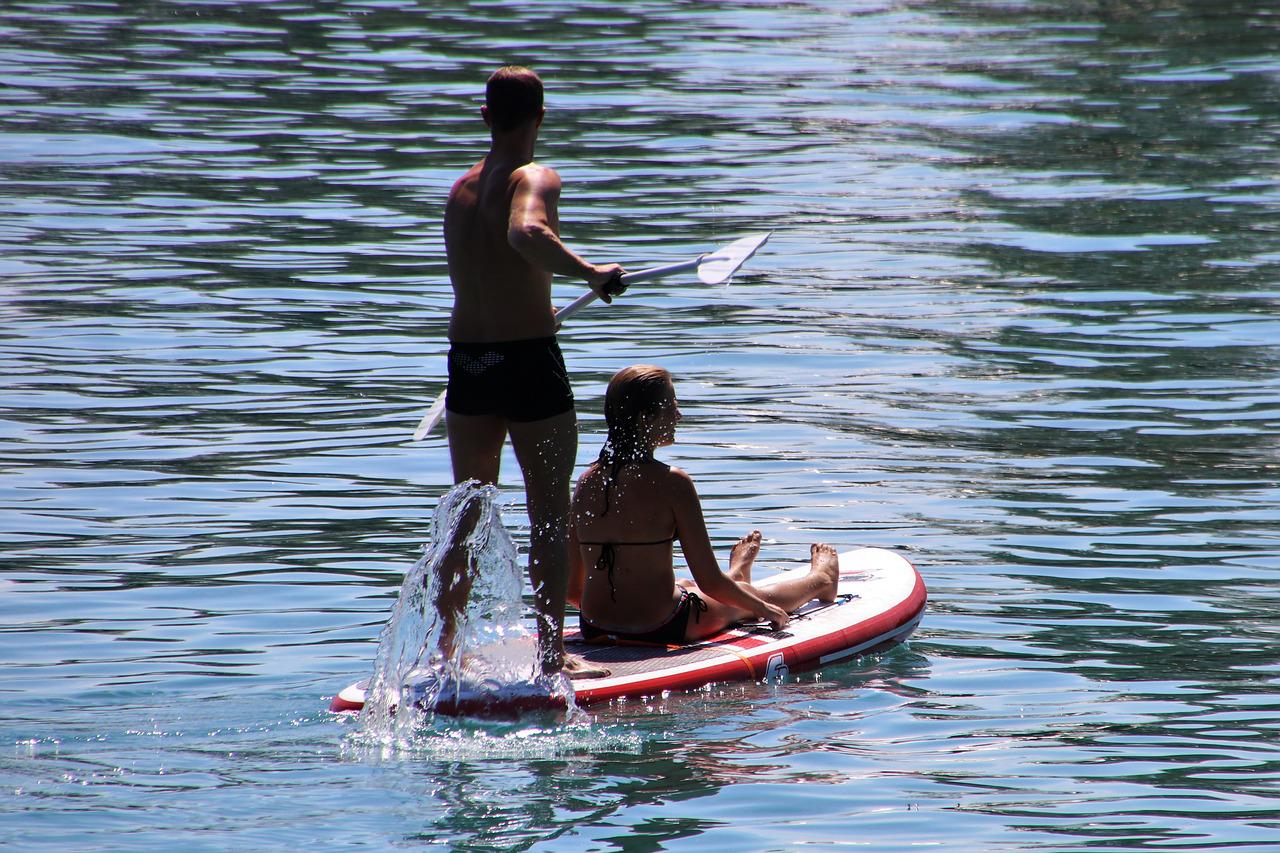
 This is a great way to explore the many different flavors that extreme beers offer. Get a variety of styles and see which ones your friends like best. You will enjoy trying new beers and discussing the flavors with your buddies. Aside from tasting, you could also do a blind taste test to see if anyone can guess the beer’s style.
This is a great way to explore the many different flavors that extreme beers offer. Get a variety of styles and see which ones your friends like best. You will enjoy trying new beers and discussing the flavors with your buddies. Aside from tasting, you could also do a blind taste test to see if anyone can guess the beer’s style. Brewery tours are a great way to learn about the brewing process and taste some of the different beers that the brewery produces. You might even be able to find a few extreme brews on tap! Brewery tours also offer a chance to meet other beer lovers and discuss your favorite styles. It would help if you tried some of these extreme beers.
Brewery tours are a great way to learn about the brewing process and taste some of the different beers that the brewery produces. You might even be able to find a few extreme brews on tap! Brewery tours also offer a chance to meet other beer lovers and discuss your favorite styles. It would help if you tried some of these extreme beers.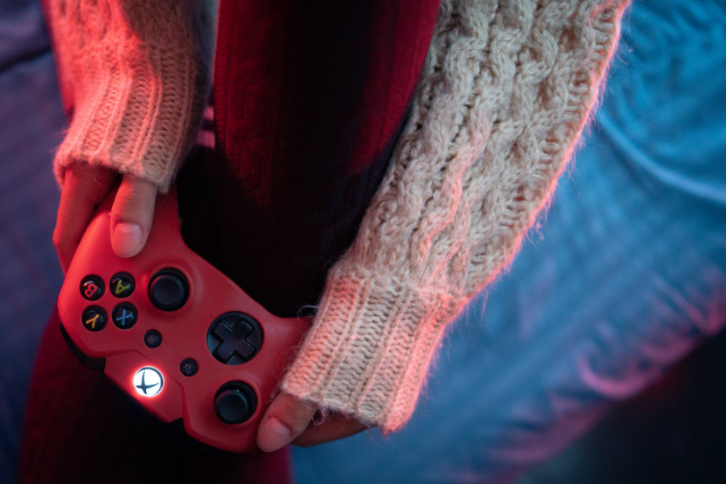




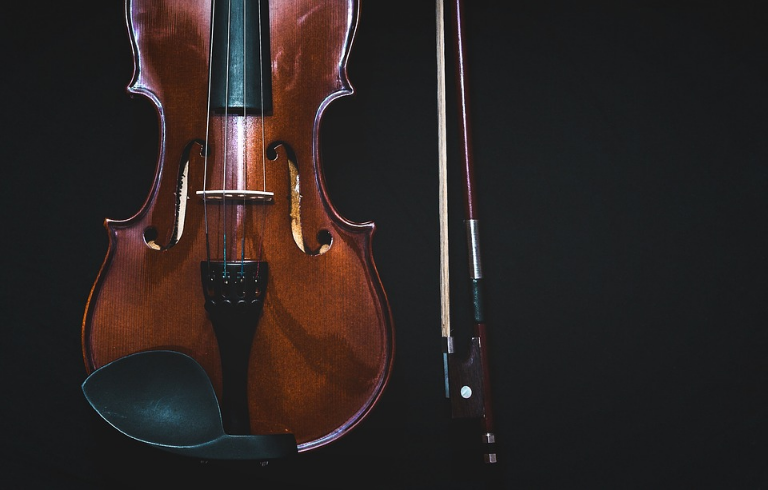
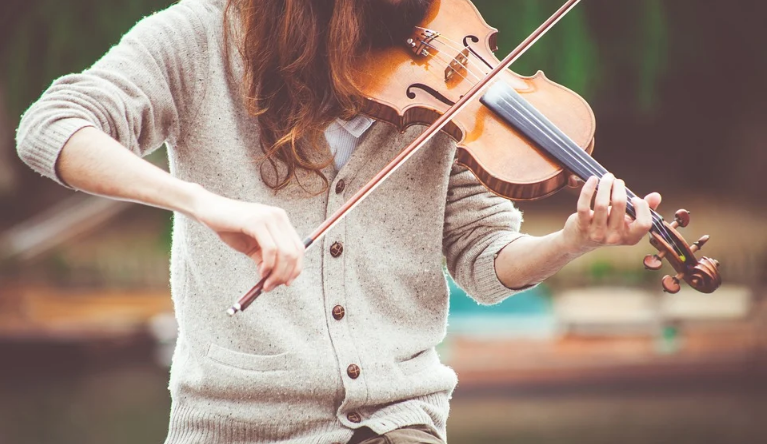
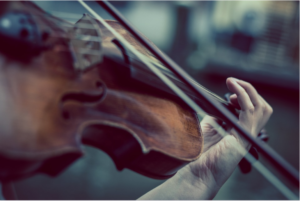 Beginners who have learned to hold the bow should know how to release the bow’s weight and the violin arm. This tip can only succeed if the perfect upper arm is at the same level as the bow. Playing with this kind of pure weight gives us a richer tone and an elastic hand.
Beginners who have learned to hold the bow should know how to release the bow’s weight and the violin arm. This tip can only succeed if the perfect upper arm is at the same level as the bow. Playing with this kind of pure weight gives us a richer tone and an elastic hand.